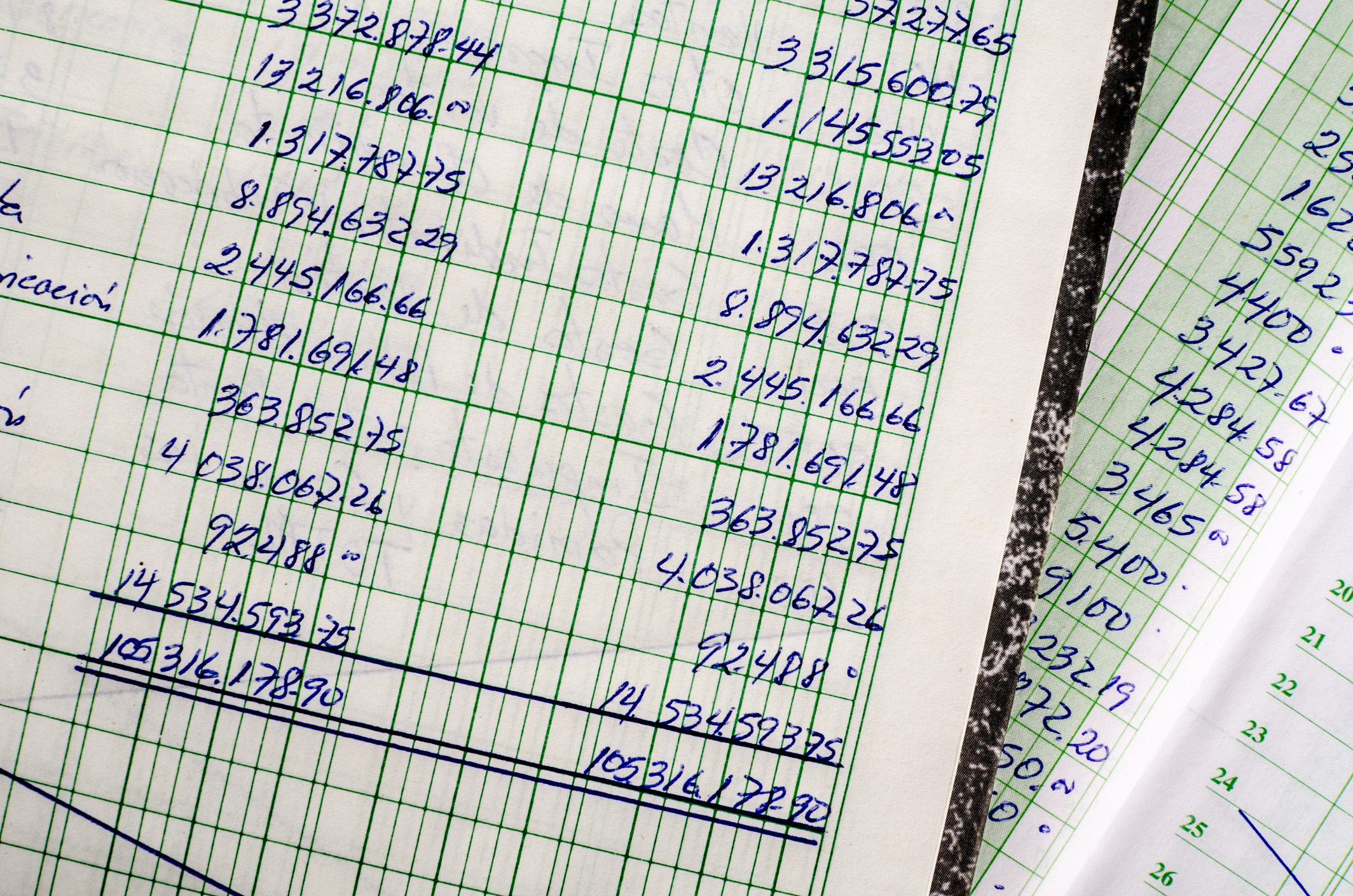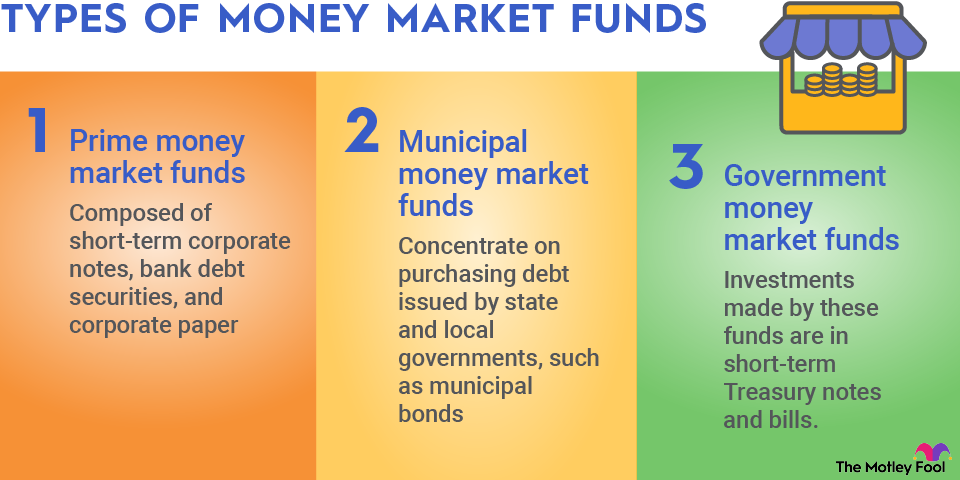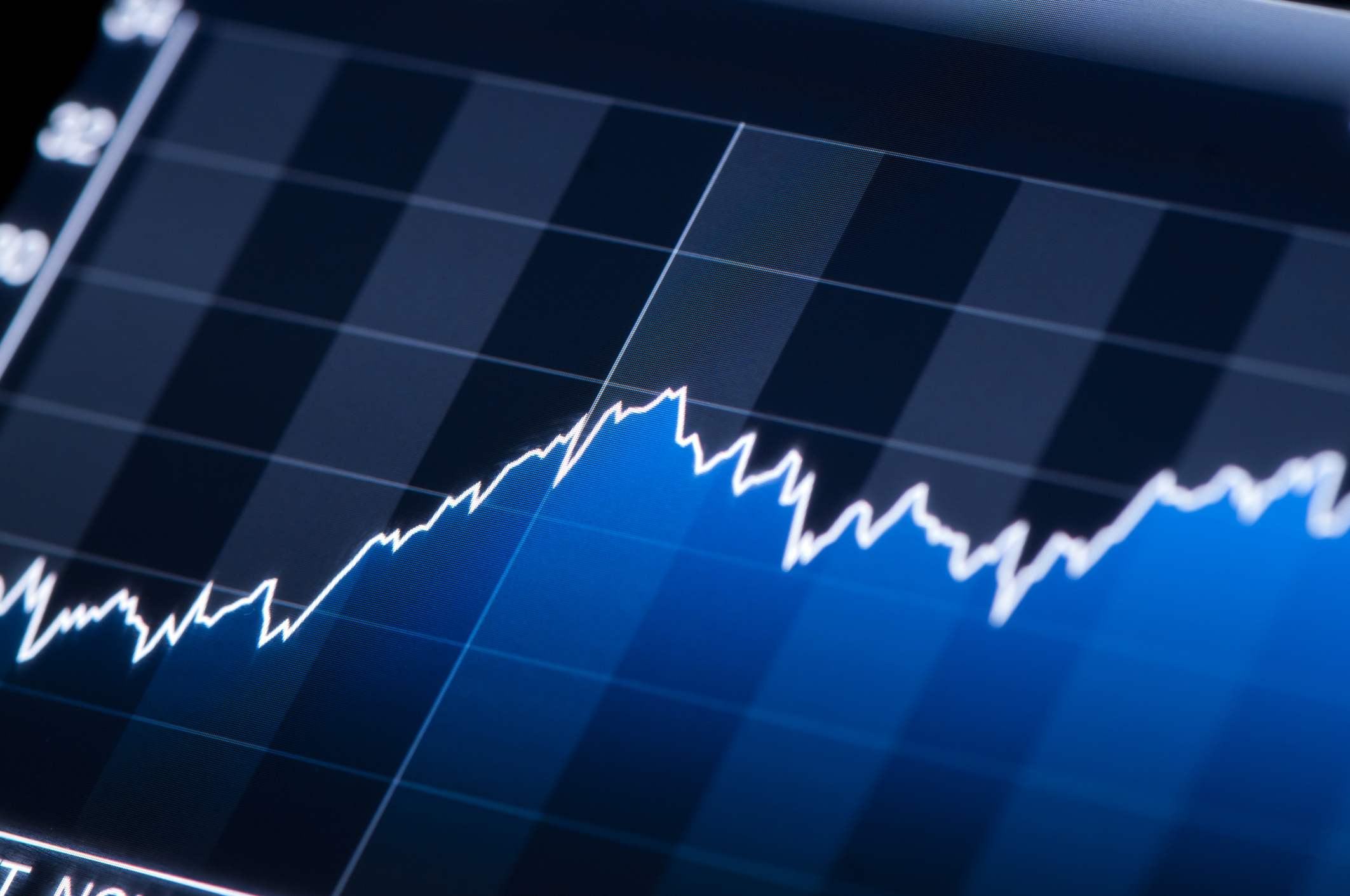The Federal Reserve has several ways to look at the money supply by dividing it into various categories, including the M2 money supply. This is a broader category than M0 or M1 and tells a different story about the economy. Read on to learn about this type of money and why we follow it.

What is the M2 money supply?
There are several types of money supplies that the Federal Reserve tracks, including the M2 money supply. This particular money supply tracks both liquid and near-liquid types of money, showing just what's available at any given time to be used in a pinch.
M2 money supply is often favored over the M1 money supply as an indicator, as it's a more stable money supply. Consumers may move M1 money into an account that's included in the M2 money supply for short-term savings. However, it's still something they can access fairly easily. By tracking the M2, we get a more stable look at what money is circulating or could be circulating in the economy on short notice.
What's included in the M2 money supply?
The M2 money supply includes most fully liquid assets, plus those considered small time deposits, which are held for more than seven days and have a balance of less than $100,000. Some examples include:
- Cash
- Traveler's checks
- Savings accounts
- Checking accounts
- Money market funds
- Certificates of deposit (CDs)
These are all completely or mostly liquid funds, which is why M2 money supply matters so much to forecasting the economy's future.
What the M2 money supply can tell us about the economy
The M2 money supply is one tool that the Federal Reserve can use to help maintain price stability as part of its dual mandate. It can directly manipulate the M2 money supply, which can help maintain price stability by keeping a stable amount of money flowing in the economy. M2 money supply is also critical to forecasting inflation, with large increases coinciding with economic weakness.
When this looks like a potential outcome, the Fed can sell government securities to banks, pulling money out of the system and making borrowing more expensive (which makes everyone more cautious about spending). It can also limit the M2 money supply by increasing reserve requirements on banks so that they don't make as many loans.
Related investing topics
Why the M2 money supply matters to investors
The M2 money supply can be an important economic indicator for investors because it can speak to where inflation is headed. In a perfect world, the Federal Reserve would always have the right amount of M2 money supply circulating, but it can take time to fine-tune just how much should be available under any given circumstance.
Inflation hedging may be an important part of an investor's strategy. This is especially true if their investments are fairly new or they're going through a transition in their investing life, such as moving into retirement from working full-time.
Keeping an eye on the M2 money supply and where it is relative to its history can help investors see whether they should increase their inflation hedges or sell off positions that are a lot riskier in a more volatile environment.


















